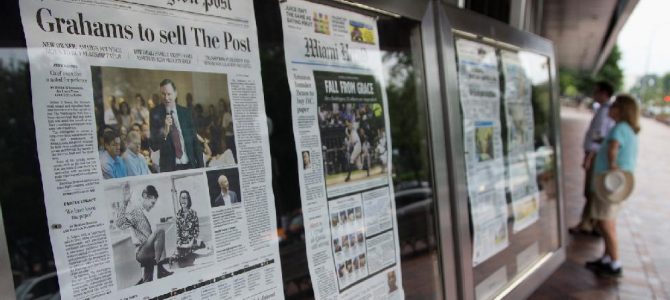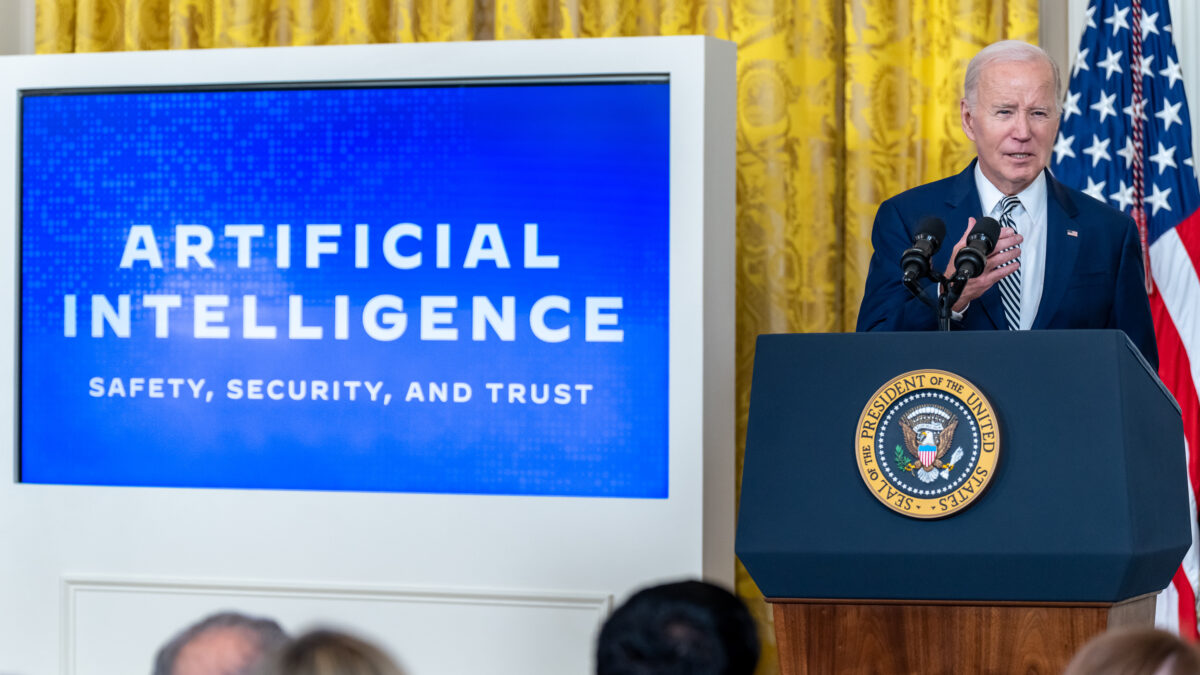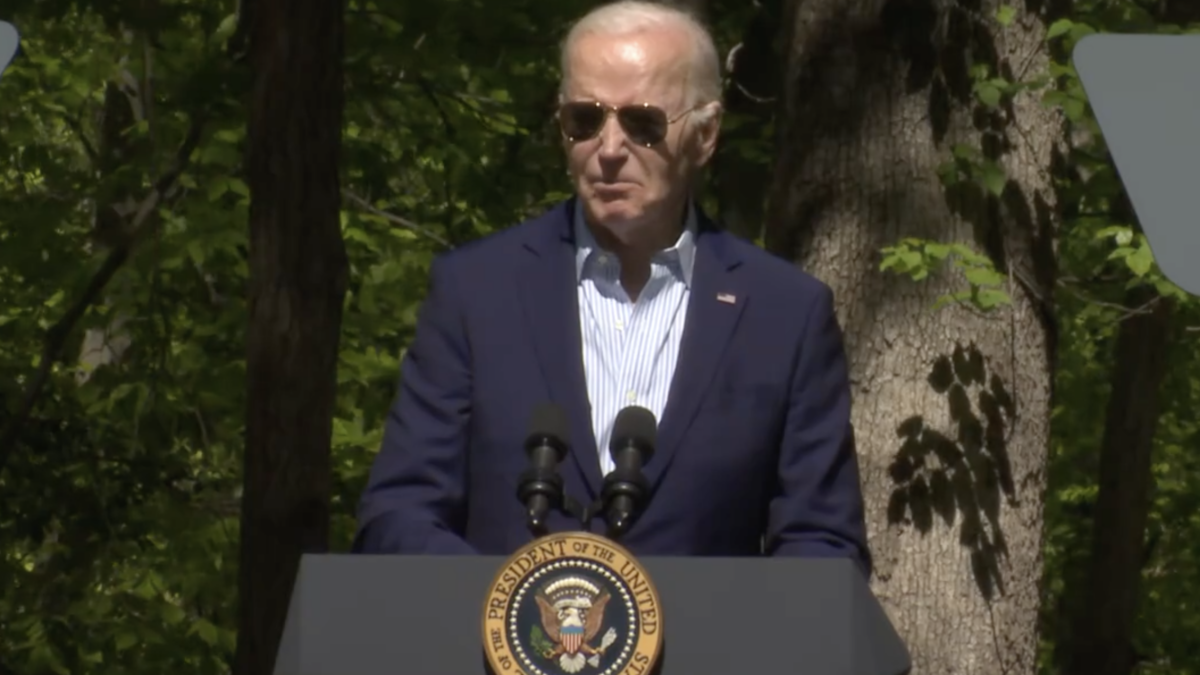
“You wouldn’t believe how bad these people are. These aren’t people — these are animals, and we’re taking them out of the country at a level and at a rate that’s never happened before.” — President Trump on Wednesday in reference to MS-13 gang members.
“Trump lashed out at undocumented immigrants during a White House meeting, calling those trying to breach the country’s borders ‘animals,'” — The New York Times, that same day, in a tweet linking to a corresponding article. The tweet was later deleted.
Trust in the American so-called “mainstream” media has been declining ever since Gallup began polling on the question in the 1970s, but it now sits at unprecedented levels, according to a September 2016 Gallup poll. Less than two years ago, just before the presidential election, fewer than one third of Americans fully trusted the accuracy of major news media. This was at a time when talking heads on most of the news networks were giving Hillary Clinton a 92 percent chance of being elected president.
Throughout the campaign, Trump was constantly labeling media outlets such as CNN and NBC as “fake news,” and a war of words erupted between journalists and the president that continues to today. Just last November, The Washington Post ran an editorial titled “Donald Trump’s Fake Case Against Fake News” insisting in part that the president was inventing the charge of “fake news” in order to garner distrust in media. But if less than a third of Americans trusted the media one year prior to the Post’s editorial, then how could Trump be blamed for the perception of the media’s deliberate inaccuracy?
Could it be that false narratives and deliberately untrue journalism are nothing new to the American media landscape? Is it possible the president has been pointing out what most of us have known all along; that the media has an inbuilt bias, and will go so far as to falsify reports in order to serve that bias?
A thorough recounting of false media reports just within the last century could fill a book. Here are some of the highlights of “fake news” in American media that demonstrate why distrust in the media has actually been building for decades.
Recall that during the 2004 election season, CBS News ran a story about then President George Bush’s time served in the Texas Air National Guard, and how he had used influence to cover up reports by his superiors that labeled him unfit for promotion. This was the story that ended the career of Dan Rather, who to this day, maintains it was all true, despite the fact the memos which were the basis of his story were proven to have been fabricated and no one has ever corroborated his report.
This was when The New York Times coined the phrase “fake but accurate” in an attempt at professional courtesy; covering for their colleague who would end up resigning in disgrace as a result of the ensuing investigation into the authenticity of the memos. It was a hit piece, designed to prevent Bush from being reelected; a fake news narrative that was proven false, but served the bias of the journalist who presented it as fact.
When Hillary Clinton claimed the cause of the 2012 attack on an American Installation at Benghazi was the result of a Youtube video that criticized the religion of Islam, most of the major news outlets ran the story uncritically. The truth was that it was a terrorist attack which caught the administration off guard. Rather than admit to a failure of intelligence, the blame was placed squarely on Nakoula Basseley Nakoula, whom the media wasted no time investigating for his “hateful” video entitled “The Innocence of Muslims.”
Nakoula spent a year in jail after being charged with 8 counts of probation violation relating to earlier charges of bank and credit fraud. For some reason, the Obama DOJ decided his video was a violation of his probationary agreement. When the administration was later forced to admit to the truth that Benghazi was carried out by Al Queda-linked terrorist groups, barely a word was mentioned by the media about the damage that had been done.
In a November 1992 segment that claimed General Motors was building unsafe vehicles, Dateline NBC rigged a test in which a deliberately placed flare ignited the fuel from a rupturing gas tank, and showed the results of that test on air. GM sued the network for defamation, and received a publicly broadcast apology from Stone Phillips.
False accusations of rape were unquestionably reported by journalists and media outlets in the cases of the Duke Lacrosse team, the Phi Kappa Psi fraternity at the University of Virginia, the “Mattress Girl” of Columbia University, and perhaps one of the most infamous cases of false accusation, the Tawana Brawley allegations made in 1987. While these stories were later debunked, their initial emergence into the public eye was fueled by salacious media speculation and reputations were ruined by the time the truth came out.
In 2003, The New York Times was compelled to investigate one of its own reporters when it came to light that Jayson Blair had been fabricating his stories on everything from dispatches filed from other cities (while he was actually in his Brooklyn apartment), to a plagiarized article about a family dealing with hardship while their son was missing in Iraq. The crux of the false narrative is that it wasn’t the Times which caught Blair, but instead other news outlets which had investigated some of his stories and forced the Times to look into its own reporter.
Walter Cronkite, in perhaps his second most famous broadcast (the most famous being his announcement of President Kennedy’s assassination), on Wednesday, Feb. 27, 1968, declared that the Vietnam War could not be won and pushed for a diplomatic solution to the conflict. Cronkite was adamantly against the war, and to the time of his death, made no secret of that fact. However, the proclamations he made on his broadcast that night — to which President Johnson is said to have reacted with “If I’ve lost Cronkite, I’ve lost Middle America!” — were dubious at best, and not at all based on fact.
This was a month after the Tet Offensive, in which elements of the NVA attacked American and South Vietnamese bases across Vietnam on a night that was supposed to be free of conflict based on the local Tet holiday. Cronkite said: “Who won and who lost in the great Tet Offensive against the cities? I’m not sure. The Vietcong did not win by a knockout but neither did we.”
The facts proved that Cronkite was wrong, and he either failed to look into the outcome of the Tet offensive, or simply stated his opinion without bothering to report facts. While allied forces had been taken by surprise by the initial attacks, the overall outcome was a severe blow to NVA forces who lost as many as four times the number of U.S. and allied casualties.
The purpose of Tet was to spark uprisings throughout South Vietnam and it failed utterly to do so. In addition, the U.S. and its allies made significant gains in the following months, with the siege at Khe Sanh being the only notable setback. But where Tet failed to create dissent in the South of Vietnam, it certainly fueled that dissent in the United States, including the desks at CBS News. Public sentiment was turned against the war, despite the fact that militarily it was being won, and decisively at that.
Walter Duranty won the Pulitzer Prize in 1932 for stories he filed from Moscow, which may have had an impact on the rising support of Communism at the time. In 1933, he published a series of articles dispatched from the Soviet Union that claimed while people in the USSR were hungry; no one was dying from the famine.
Duranty’s claims have been called the greatest journalistic lies of the 20th century. Up to 8 million people died from the famine, including 3 million Ukrainians who were deliberately starved by their government. Not only did the Times print Duranty’s stories without verifying them, but to this day, the “Newspaper of Record” maintains a weak “it’s not our fault” line of defense on the issue. As with other incidents of fake news, the damage had been done, and the Times has yet to fully acknowledge its role in printing propaganda that ignored the truth of the deaths of millions.
Just two years before the beginning of the 20th century, newspaper magnate William Randolph Hearst was looking to boost his circulation, but with no real news to supply sensational headlines, he went in search of a story he could help create. Among others, Hearst sent famed American artist Frederic Remington to Cuba to check on the progress of a rumored rebellion against the Spanish government there.
Remington sent a telegram to Hearst that read “Everything quiet here. There is no trouble. There will be no war. Wish to return.” Hearst famously replied “You furnish the pictures, I’ll furnish the war.” Less than a month later, the USS Maine exploded in the harbor at Havana. While no definitive cause has ever been found for the explosion, Hearst made sure to drum up support for American intervention in Cuba with headlines like “REMEMBER THE MAINE” and Remington’s renditions of an exploding vessel. The U.S was at war with Spain in three months’ time.
These are just the highlights of more than a century of false reporting and fake news from major media outlets; four plus generations of Americans have been subjected to deliberate misinformation. In light of this, how is it that self-identified members of the mainstream media complain about the accusation of “fake news” when they and their predecessors engaged in the practice whenever it suited their biases?
They should count themselves fortunate that fully one-third of Americans still seem to believe everything they say.









